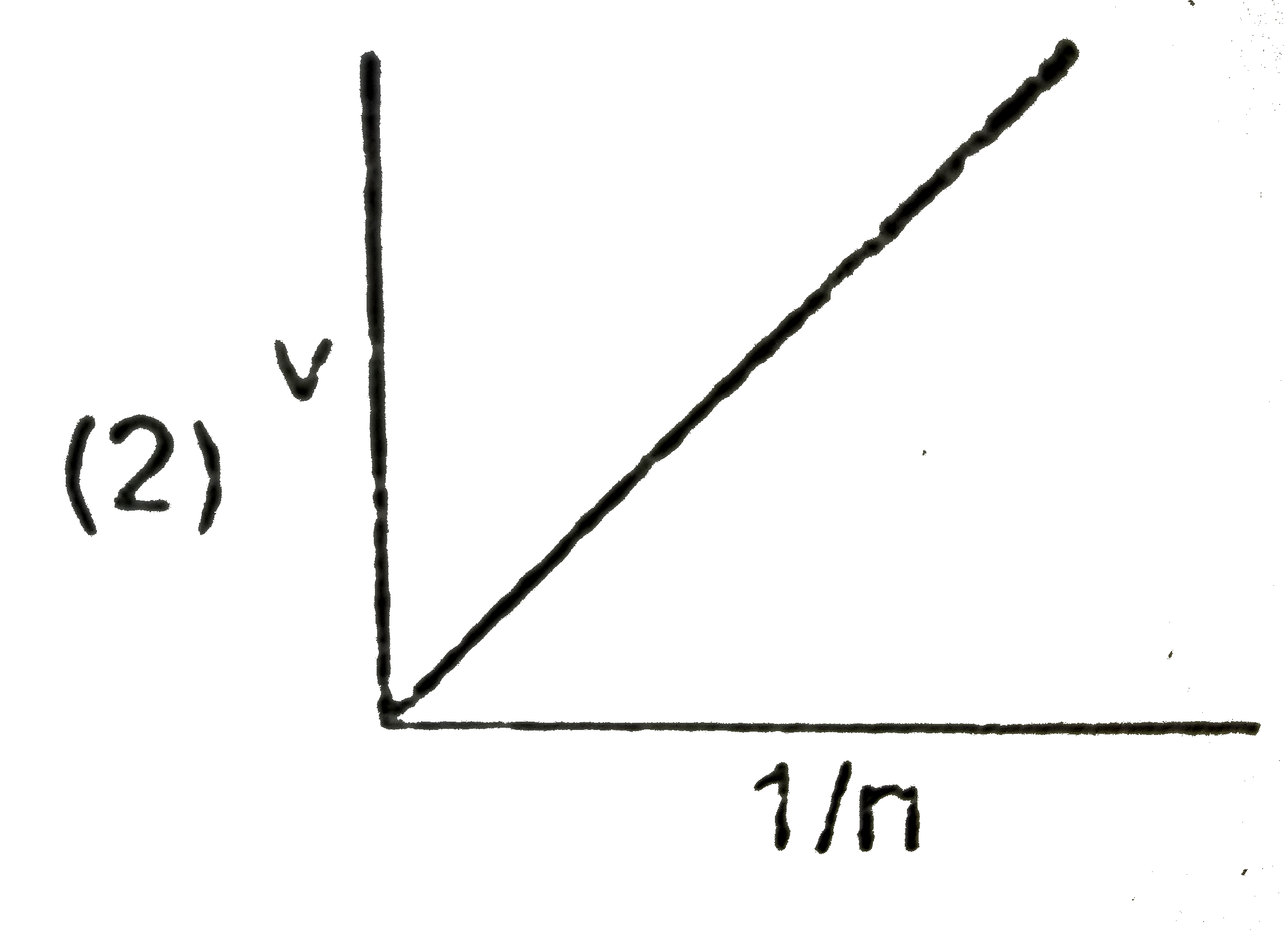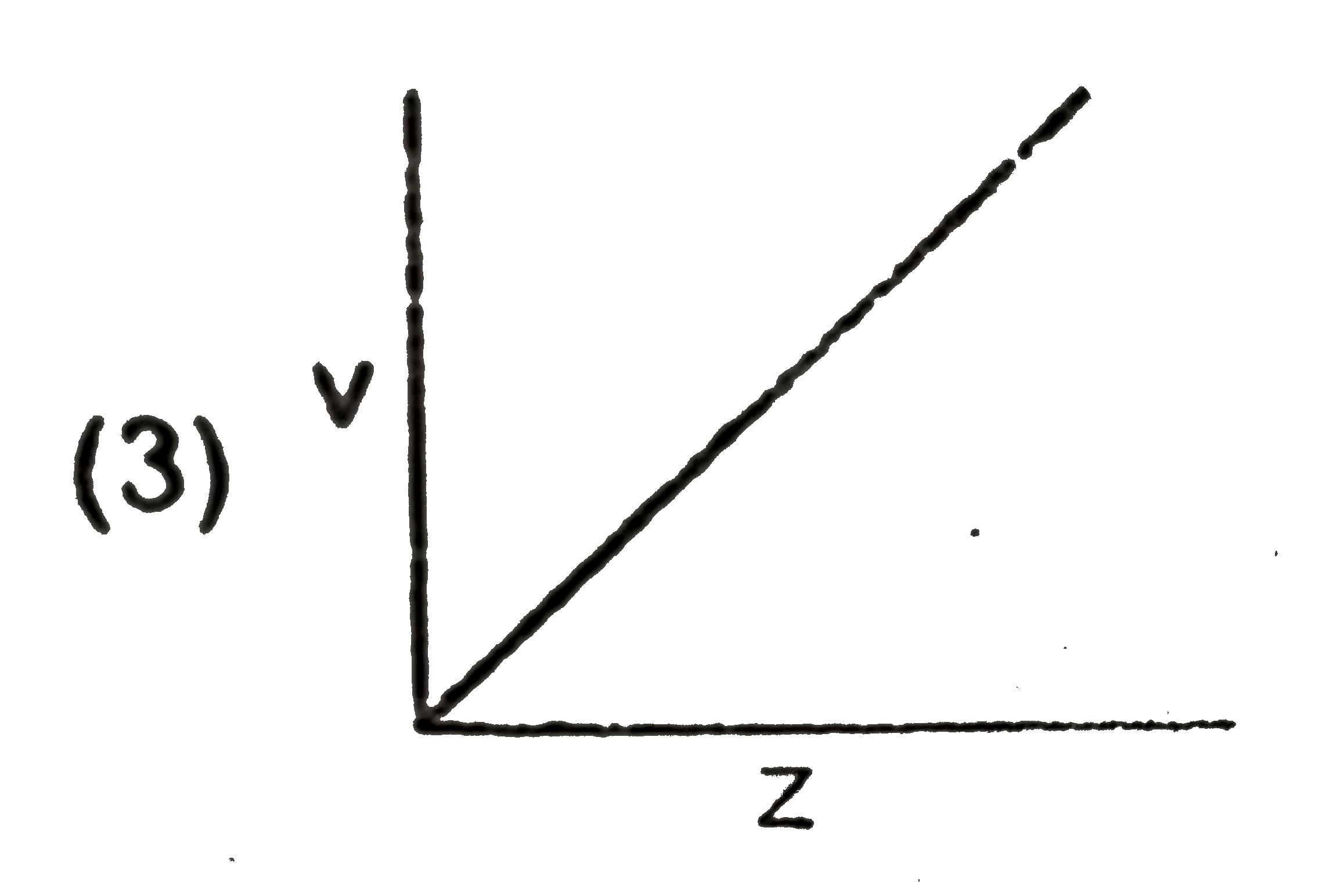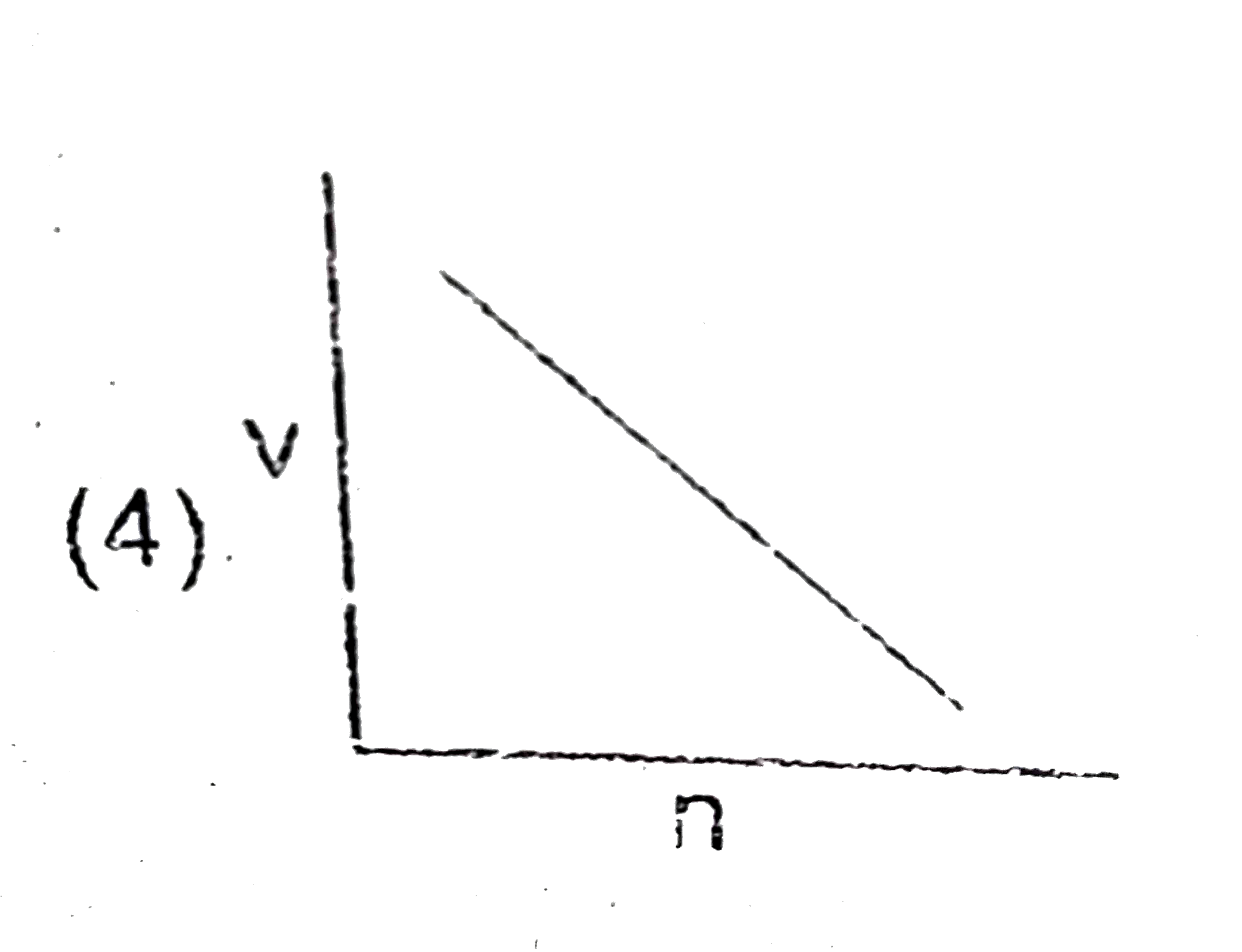Select the incorrect graph for velocity of e− in an orbit vs. Z, 1n and n :




The correct Answer is:4
Step by step video, text & image solution for Select the incorrect graph for velocity of e^(-) in an orbit vs. Z, 1/n and n : by Chemistry experts to help you in doubts & scoring excellent marks in Class 12 exams.
Topper's Solved these Questions
- BOOK - RESONANCECHAPTER - NUCLEAR CHEMISTRYEXERCISE - PART-II SECTION-121videos
NUCLEAR CHEMISTRY
- BOOK - RESONANCECHAPTER - NUCLEAR CHEMISTRYEXERCISE - PART-III5videos
NUCLEAR CHEMISTRY
- BOOK - RESONANCECHAPTER - NUCLEAR CHEMISTRYEXERCISE - PART-II26videos
NUCLEAR CHEMISTRY
- BOOK - RESONANCECHAPTER - NITROGEN CONTAINING COMPOUNDSEXERCISE - ORGANIC CHEMISTRY(Nitrogen containing Compounds)30videos
NITROGEN CONTAINING COMPOUNDS
- BOOK - RESONANCECHAPTER - P BLOCK ELEMENTSEXERCISE - PART -II24videos
P BLOCK ELEMENTS
Similar Questions
Knowledge Check
- Question 1 - Select One or More
Select the incorrect statements about the plots of ln K vs 1/T
ALinear with slope equal to ΔG∘R and intercept ΔHBCurveCLinear with slope −ΔH∘R and intercept ΔS∘RDnone of these - Question 2 - Select One or More
Which of the following option(s) is/are independent of both n and Z for H−like species?
Un= Potential energy of electron in nth orbit
KEn= Kinetic energy of electron in nth orbit
ln= Angular momentam of electoron in nth orbit
vn= Velcity of electron in nth orbit
fn= Frequency of electron in nth orbit
Tn= Time period of revolution of electron in nth orbitArnUnBrn×KEn×lnCUn×TnlnDln×fnv2n
If an electron is moving in the nth orbit of the hydrogen atom, then its velocity (vn) for the nth orbit is given as :
View SolutionIf the velocity of the revolving electron of He+ in the first orbit (n= 1) is v. the velocity of the electron in the second orbit is:
View SolutionBohr's model enables us to derive the energy of an electron revolving in nth orbit. For H-atom and hydrogen like species :
En=2π2me4Z2n2h2
or =−13.6Z2n2eVatom−1=21.8×10−19Z2n2Jatom−1
This helps to calculate the radius of an orbit,
rn=0.529n2ZÅ
Bohr's model also explains the occurrence of different spectral lines. The wavelengths of difference line can be given as :
1λ=¯v(incm−1)=R(1n21−1n22)
R=109678cm−1andn2>n1.
What is the ratio of radius of 4th orbit of hydrogen and 3rd orbit of Li2+ ion ?View SolutionBohr's model enables us to derive the energy of an electron revolving in nth orbit. For H-atom and hydrogen like species :
En=2π2me4Z2n2h2
or =−13.6Z2n2eVatom−1=21.8×10−19Z2n2Jatom−1
This helps to calculate the radius of an orbit,
rn=0.529n2ZÅ
Bohr's model also explains the occurrence of different spectral lines. The wavelengths of difference line can be given as :
1λ=¯v(incm−1)=R(1n21−1n22)
R=109678cm−1andn2>n1.
Which transition between Bohr's orbits corresponds to third line in Lyman series?View SolutionAn electron in a hydrogen atom is considered to be revolving around a proton with a velocity e2n in a circular orbit of radius n2me2. If I is the equivalent current, express it in terms of m, e, n.
View SolutionBohr's model enables us to derive the energy of an electron revolving in nth orbit. For H-atom and hydrogen like species :
En=2π2me4Z2n2h2
or =−13.6Z2n2eVatom−1=21.8×10−19Z2n2Jatom−1
This helps to calculate the radius of an orbit,
rn=0.529n2ZÅ
Bohr's model also explains the occurrence of different spectral lines. The wavelengths of difference line can be given as :
1λ=¯v(incm−1)=R(1n21−1n22)
R=109678cm−1andn2>n1.
What is the experimental evidence in support of the fact that electronic energies in an atom are quantized ?View Solution


